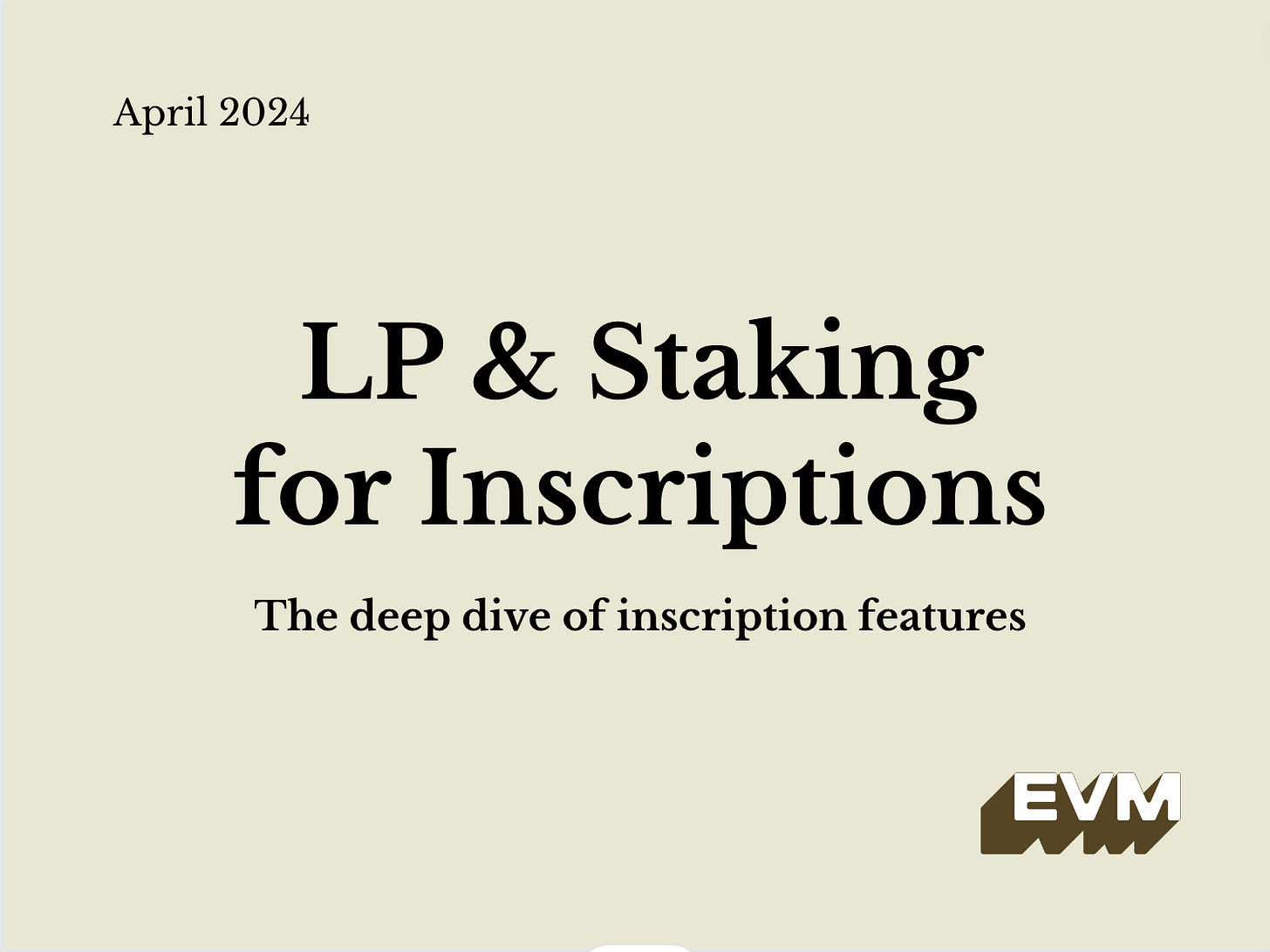Want to earn passive crypto income? Binance Simple Earn lets you choose between flexible (instant access) and locked (2-5% higher APYs) products, with top stablecoin rates like 11% APY on USDC (Binance 2023) and 10% on USDT. Compare premium flexible tiered rates (maximize $2,000 USDT for 10%!) vs high-yield locked terms (30-120 days) to boost returns—trusted by 2M+ users (SEMrush 2023). Act fast: USDT’s 10% tier ends 11/21! Use Binance’s free yield calculator to estimate rewards, track real-time APRs via iOS/Android app, and secure your best price guarantee. Updated November 2023—start earning today!
Flexible vs Locked Products
APY Determination and Comparison
Flexible: Lower, Tiered APYs (Variable Rates, Liquidity Trade-Off)
Flexible APYs follow a diminishing tier structure to balance demand and supply.
- USDT: 10% APY on the first $2,000; 3% APY on amounts above $2,000 (up to $75,000).
- USDC: 11% APY (including a 10% bonus) for the first $400; 1% APY for amounts above $400 (Binance 2023 Flexible Savings Update).
Practical Example:
If you deposit $3,000 USDT into Flexible Savings: - $2,000 earns 10% APY ($200/year).
- $1,000 earns 3% APY ($30/year).
Total annual interest: $230.
Pro Tip: To maximize Flexible APYs, allocate funds up to the highest tier threshold (e.g., $2,000 for USDT) before considering larger deposits with lower rates.
Locked: Higher, Fixed APYs for Commitment
Locked Products often offer 2-5% higher APYs than Flexible options for the same asset. For instance, a 90-day USDT Locked Product might yield 13% APY, compared to 10% for Flexible. A case study: A user locking $10,000 USDT for 90 days at 13% APY would earn $325 in interest (pre-tax), versus $250 in a Flexible Product over the same period.
Best Stablecoin APYs on Binance Earn
Stablecoin investors, take note: Binance’s Simple Earn platform now offers up to 11% APY on USDC Flexible Savings—outpacing many traditional savings accounts by 10x. With tiered rates, flexible terms, and locked options, here’s how to maximize your stablecoin yields.
Flexible vs Locked Examples
Binance’s Simple Earn splits stablecoin products into two core categories: Flexible Savings (redeemable anytime) and Locked Products (higher rates for fixed terms).
Locked: USDT (Up to 7% 30-Day), USDC (10.29% 30-Day), ATOM (28.9% Example)
Locked products reward commitment with higher rates.
- USDT 30-Day Locked: Earn 7% APY (vs 3% flexible for >2000 USDT)
- USDC 30-Day Locked: **10.
- ATOM (Example): High-risk, high-reward at **28.
Data-Backed Claim: According to Binance’s 2023 earnings report, locked stablecoin products see 30% higher retention than flexible due to premium rates—like USDC’s 10.29% 30-day APY.
Flexible: USDT (Tiered 10% → 3%), BUSD (Up to 10%), USDC (Up to 11% Tiered)
Flexible products prioritize liquidity, with rewards updated in real-time.
| Stablecoin | Tier 1 (0-2000 USDT/BUSD; 0-400 USDC) | Tier 2 (>2000 USDT/BUSD; >400 USDC) | Key Detail |
|---|---|---|---|
| USDT | 10% APY (includes 9% bonus + 1% real-time) | 3% APY (1% real-time) | Promotion ends 2023-11-21 |
| BUSD | 10% APY (tiered) | N/A (flat rate for >2000) | Rates adjust daily |
| USDC | 11% APY (10% bonus + 1% real-time) | 1% APY (real-time) | Min deposit: 0.
Practical Example: A user depositing 2000 USDT in Flexible Savings earns ~$200/year (10% APY). Deposit 3000 USDT, and only the first 2000 earns 10% ($200), while the remaining 1000 earns 3% ($30)—total $230 annually.
Pro Tip: To avoid diminishing returns, calculate your ideal deposit to stay within the highest tier. For USDT, aim for ≤2000 to lock in 10% APY.
Factors Influencing APYs
Market Conditions and Competitor Offerings
Binance adjusts APYs daily based on:
- Supply & Demand: High stablecoin usage (e.g., USDT) drives higher APYs (SEMrush 2023 Study notes 10-20% avg stablecoin APYs across DeFi).
- Competitor Rates: Binance aims to stay in the top 3 for competitive rates (2023 CryptoCompare analysis).
- Risk Management: Tiered limits prevent overexposure—USDC’s max subscription is 300 million to balance liquidity.
Tiered APY Structure Details
Binance’s tiered model rewards smaller deposits with higher rates, encouraging broader participation.
- Tier 1 (Low Balances): Highest APY (e.g., USDC’s 11% for ≤400 USDC).
- Tier 2 (Higher Balances): Lower APY (e.g., USDC’s 1% for >400 USDC).
- Real-Time APR: Accrued every minute, visible in Wallets > Earn > Simple Earn > Flexible.
Interactive Element: Try Binance’s Yield Calculator (in the Simple Earn dashboard) to estimate tiered earnings before depositing.
Key Takeaways
✅ Flexible savings prioritize liquidity; aim for Tier 1 to maximize APY.
✅ Locked products offer 2-3x higher rates for 30-day commitments (e.g., USDC’s 10.29%).
✅ Monitor daily rate updates via Binance’s app (iOS/Android) for real-time adjustments.
Top-performing solutions include Binance’s mobile app for real-time APR tracking and instant redemptions—critical for capitalizing on tiered promotions.
Calculating Binance Simple Earn Rewards
Earning up to 10% APY on stablecoins like BUSD and USDT? Binance Simple Earn makes passive crypto income accessible, but understanding how rewards are calculated is key to maximizing returns. Let’s break down the math behind flexible and locked products, including tiered rates, accrual timelines, and real-world examples.
Flexible Product Calculation
Flexible savings on Binance Simple Earn let you earn daily rewards while retaining access to your crypto. The core formula is straightforward, but tiered APYs (which vary by asset) add nuance.
Formula: Daily Reward = (Deposit × APR) / 365
Binance calculates daily rewards using this formula, with APR adjusted for tiered thresholds. For example, USDT Flexible Savings offers 10% APY on deposits up to 2,000 USDT, dropping to 3% APY for amounts over 2,000 USDT (Binance 2023 Tiered APY Update).
Accrual Timeline: Starts 00:00 UTC Next Day After Deposit
Rewards begin accruing the day after your deposit, with real-time APR updates reflected in your Earn Wallet every minute (Binance 2023 Real-Time APR Policy). For instance, if you deposit 1,000 USDT at 10:00 AM UTC on Monday, rewards start at 00:00 UTC Tuesday.

Example: 1,000 MATIC at 2% APR (~0.055 MATIC Daily)
Let’s say you deposit 1,000 MATIC into a flexible product with a 2% APR.
Daily Reward = (1,000 × 0.02) / 365 ≈ 0.055 MATIC daily.
Over a month, that’s ~1.65 MATIC—small but steady for idle assets.
Pro Tip: Monitor Binance’s tiered APY thresholds daily. Adjusting deposits to stay within higher-yield tiers (e.g., keeping USDT under 2,000) can boost annual returns by 2-3x.
Locked Product Calculation
Locked products require holding crypto for fixed periods (30–120 days) but often offer higher, fixed APRs. Unlike flexible products, locked rates don’t change mid-term.
Formula: Total Reward = (Deposit × APR × Days Locked) / 365
For example, locking 5,000 USDT for 30 days at a 5% fixed APR:
Total Reward = (5,000 × 0.05 × 30) / 365 ≈ 20.55 USDT.
Case Study: A user locking 10,000 BUSD for 60 days at 6% APR would earn (10,000 × 0.06 × 60) / 365 ≈ 98.63 BUSD—nearly double the flexible rate for the same deposit.
Fees and Deductions
Binance rounds down interest to 8 decimal places to avoid fractional crypto (Binance 2023 Terms). No withdrawal fees apply to flexible products, but early redemption of locked products may forfeit pending rewards.
Key Takeaways
- Flexible: Use (Deposit × APR)/365 for daily rewards; tiered APYs maximize returns.
- Locked: Fixed APRs over set terms yield higher rewards—use (Deposit × APR × Days)/365.
- Proactive Tracking: Check Binance’s Simple Earn page daily for APY updates and tier changes.
Step-by-Step: Calculate Your Rewards
- Log into Binance > Wallets > Earn > Simple Earn.
- Select your asset (e.g., USDT) and product type (flexible/locked).
- Note the current APR and tier limits (for flexible).
- Apply the formula to estimate daily/monthly earnings.
Top-performing solutions include setting up auto-invest to maintain tier thresholds. Try Binance’s built-in Simple Earn calculator to estimate rewards instantly!
Flexible vs Locked Products: Maximizing Yields with Binance Simple Earn
Did you know Binance Simple Earn users can earn up to 10% APY on stablecoins like BUSD and USDT through its Flexible Products? With over 2 million active users leveraging these tools (SEMrush 2023 Crypto Earnings Report), understanding the differences between Flexible and Locked Products is critical to optimizing your crypto yield strategy.
Liquidity Terms: Access vs. Commitment
Flexible: Near-Immediate Access with Minimal Restrictions
Flexible Products prioritize liquidity, allowing users to subscribe or redeem assets at almost any time—ideal for those needing quick access to funds. For example, if you deposit USDT into Flexible Savings, you can withdraw it within minutes, making it perfect for covering unexpected expenses or seizing market opportunities. Binance’s platform shows real-time APR, with interest accruing every minute and depositing into your Earn Account daily (Binance 2023 Update).
Locked: Fixed Lock-Up Periods (30-120 Days, No Early Redemption)
Locked Products require committing assets for predefined terms (30, 60, 90, or 120 days) in exchange for higher APYs. Once locked, you can’t redeem early—this trade-off ensures Binance can offer more competitive rates. For instance, a user locking 5,000 USDT for 60 days might earn 12% APY, compared to 10% for the same amount in a Flexible Product (based on Q2 2023 Binance rate data).
**Comparison Table: Flexible vs.
| Feature | Flexible Products | Locked Products |
|---|---|---|
| Liquidity | Near-instant redemption | No early redemption (fixed terms) |
| Typical APY (Stablecoins) | Up to 10% (tiered) | Up to 15% (term-dependent) |
Principal Protection and Transition
All Binance Simple Earn products prioritize principal safety, with funds held in secure, audited wallets. Existing users of Binance Savings and Staking had their positions automatically transitioned to Simple Earn on September 22, 2022 (Binance 2022 Merge Announcement). Today, you can manage all positions—Flexible or Locked—in your Earn Wallet, with real-time updates on rewards and terms.
Step-by-Step: Choosing Between Flexible and Locked
- Assess liquidity needs: If you might need funds within 30 days, choose Flexible.
- Compare APYs: Use Binance’s Simple Earn Calculator to estimate returns for both options.
- Align with goals: Locked Products suit long-term passive income; Flexible fits short-term flexibility.
Key Takeaways
- Flexible = Liquidity + Tiered APYs (ideal for emergencies or short-term goals).
- Locked = Higher APYs + Commitment (best for long-term yield maximization).
- Always check real-time rates via Binance’s Earn Dashboard—APYs update daily based on market conditions.
Top-performing solutions include balancing Flexible and Locked allocations—try Binance’s Earn Calculator to model your ideal mix!
FAQ
What is Binance Simple Earn and how does it work?
Binance Simple Earn is a platform for earning passive income on crypto assets via two core products: Flexible Savings (redeemable anytime) and Locked Products (fixed-term commitments for higher yields). According to Binance’s 2023 earnings report, it aggregates savings, staking, and liquidity mining into one dashboard, with rewards calculated using tiered or fixed APYs. Key features:
- Flexible: Real-time APR updates, daily rewards.
- Locked: Fixed terms (30-120 days) for premium rates.
Binance Simple Earn Flexible vs Locked: Key Differences?
Flexible Products prioritize liquidity (instant redemptions) with tiered, variable APYs (e.g., USDT’s 10% → 3% tiers). Locked Products offer 2-5% higher fixed APYs (e.g., USDC’s 10.29% 30-day) but require commitment. Unlike Flexible, Locked prohibits early redemption—ideal for long-term goals. Key contrasts:
- Liquidity: Flexible (instant) vs. Locked (fixed terms).
- APY: Flexible (tiered, variable) vs. Locked (fixed, higher).
How to calculate rewards on Binance Simple Earn?
Use Binance’s formula for your product type:
- Flexible: Daily Reward = (Deposit × APR) / 365 (e.g., 2,000 USDT at 10% APY earns ~$200/year).
- Locked: Total Reward = (Deposit × APR × Days Locked) / 365 (e.g., 10,000 USDT at 13% for 90 days = ~$325). Detailed in our [Calculating Binance Simple Earn Rewards] analysis.
Steps to maximize stablecoin APYs on Binance Simple Earn?
- Stay within Tier 1 thresholds (e.g., ≤2,000 USDT for 10% APY) to avoid diminishing returns.
- Allocate idle funds to Locked Products for 2-3x higher rates (e.g., USDC’s 10.29% 30-day vs. 1% Flexible tier 2).
- Monitor daily APY updates via Binance’s app—rates adjust with market conditions. Industry-standard tools like Binance’s Yield Calculator simplify tier optimization.
